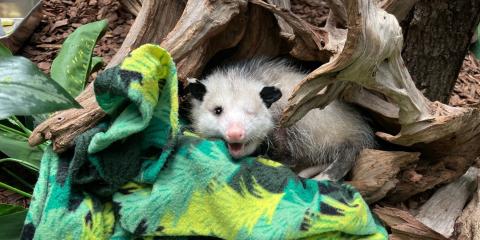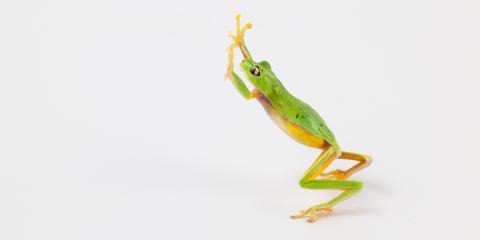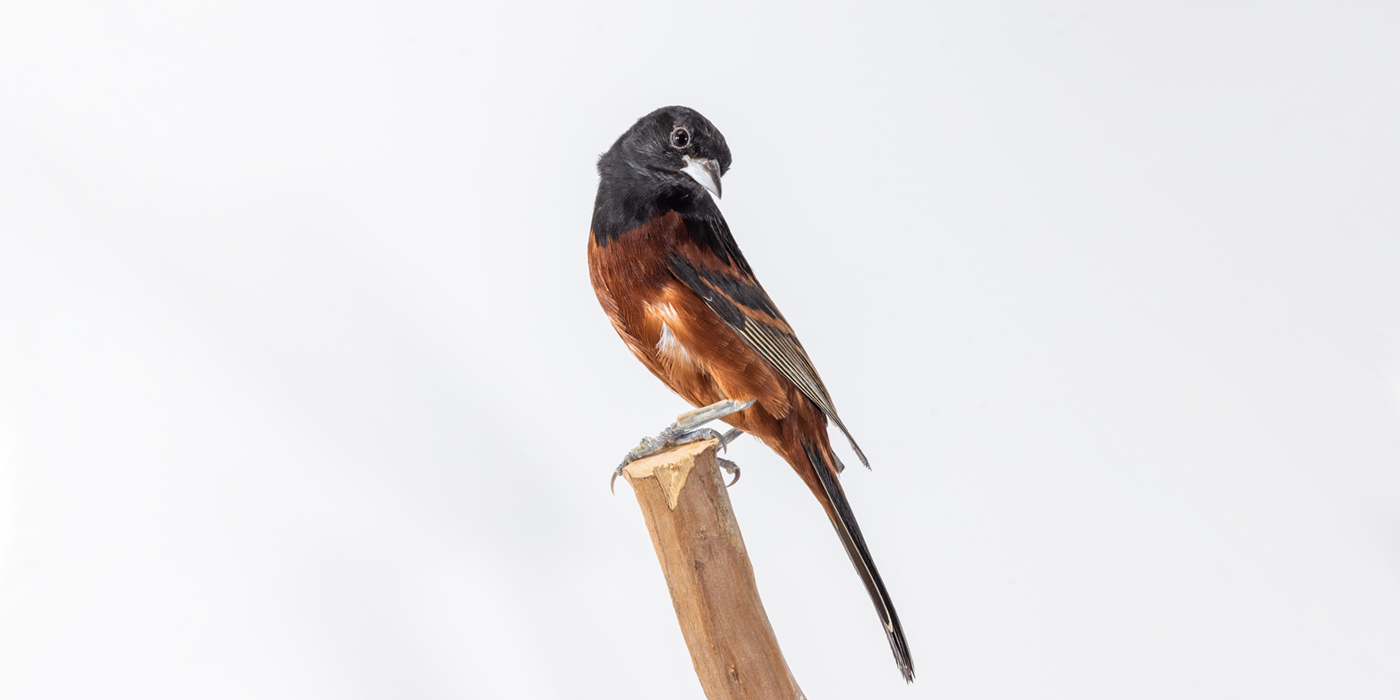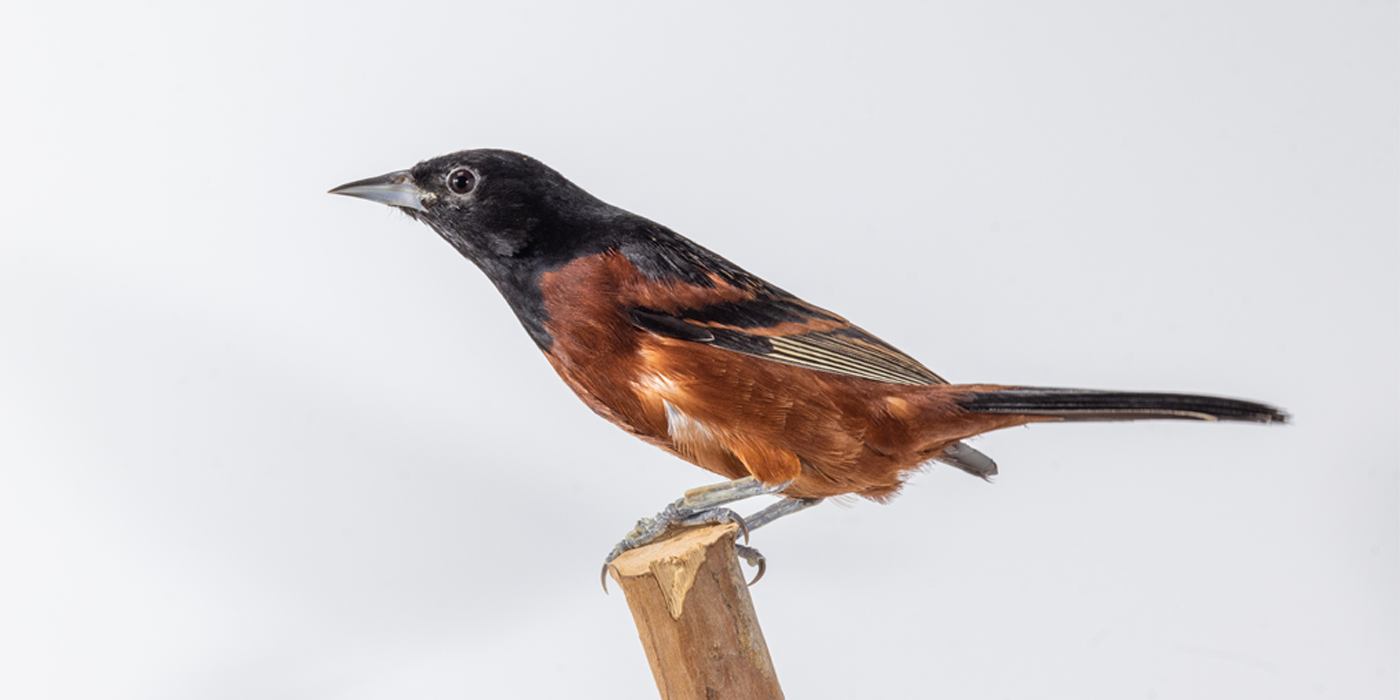Physical Description
Size
Native Habitat
Lifespan
Communication
Males sing from treetops to attract mates during the breeding season. Their songs are whistle-like, almost comparable to a high-pitched American robin, though the orchard oriole’s songs are more varied, like that of a finch. Their call notes include a soft “chuck” and quiet chatters.
During courtship displays, both sexes use body language to communicate, including bowing, bobbing and begging. Males also use a flight display that includes bobbing their heads and tails while flying.
Food/Eating Habits
Sleep Habits
Social Structure
Reproduction and Development
Males sing to attract females and will also feed potential mates. Breeding pairs may bond for life or find new mates each year. They typically only have one brood per year, but if a nest fails early enough in the season they may start again.
Females weave hanging cup-shaped nests out of grasses, preferring trees like willows, elms and pecans with small branches that let plenty of light penetrate. They line their nests with soft materials including fine grasses, animal wool and feathers. One week after finishing the nest, the female lays between four and six eggs. The eggs are a very pale blue with dark brown or purple speckles, mostly on the wide end of the egg.
The female sits on the eggs 12 to 14 days while the male brings her food. The male defends the nesting territory from larger birds including grackles and, in the Southwest U.S., roadrunners. After hatching, both parents feed the babies for 11 to 14 days. Once the fledglings leave the nest, they stay in trees or other densely covered habitat close to their nest for about one week while their parents continue to feed them occasionally.
After that week, the males begin migrating to the warmer wintering grounds. The females and young remain slightly longer before flying south in flocks with other females and adolescents.
Conservation Efforts
Help this Species
- Be a smart consumer. Choose products made with sustainable ingredients, such as Smithsonian certified Bird Friendly coffees, which support farmers striving to limit their impact on wildlife and habitat.
- Practice ecotourism by being an advocate for the environment when you’re on vacation. During your travels, support, visit or volunteer with organizations that protect wildlife. Shop smart too! Avoid buying products made from animals, which could support poaching and the illegal wildlife trade.
- Be a responsible cat owner, and keep cats indoors or under restraint when outside. Never release animals that have been kept as pets into the wild.
- Organize or attend a stream, river, lake or other waterway cleanup in your area to preserve aquatic habitats for local species.
- Plant native flowers in your garden to help feed resident and migrating pollinators. You'll make your lawn beautiful and help wildlife at the same time!
Animal News

Remembering Basil, Our Virginia Opossum



